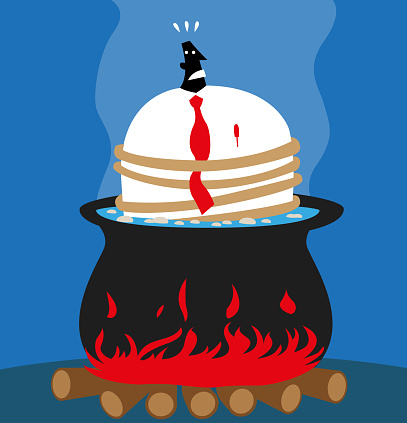
The lead up to the end of the year can turn workplaces into "pressure cooker" environments, but you can take preventative steps to avoid a blowout.
Plenty of early warning signs and red flags can indicate workplace issues. These can include dysfunctional meetings, which in themselves have a knock-on effect because they become a source of stress (some employees withdraw and barely communicate, whereas others resort to ineffective modes of communication), and angry outbursts in the workplace.
These issues highlight the importance of maintaining effective workplace communication, which tends to suffer towards the end of the year, with inappropriate exchanges and a lack of face-to-face meetings.
What can you do?
When these warning signs appear, there are some immediate steps that can minimise or defuse workplace conflict and bad behaviour.
HR can work with managers to ensure they're equipped to address any tell-tale signs that a high-pressure scenario is brewing, noting that towards the end of the year is typically when communication falls away because people are "too busy".
A simple but effective approach is to encourage employees to take lunch breaks. Keeping an eye on the hours employees are working, and checking in with those who are taking more personal leave than usual is also important.
Reducing non-essential distractions is critical, and local governments can question, at an executive level, what elements are adding an unnecessary layer of pressure.
Another immediate step managers can take is to monitor when employees take a holiday or time off - creating a culture where it's acceptable to have conversations about taking breaks is important for employee wellbeing.